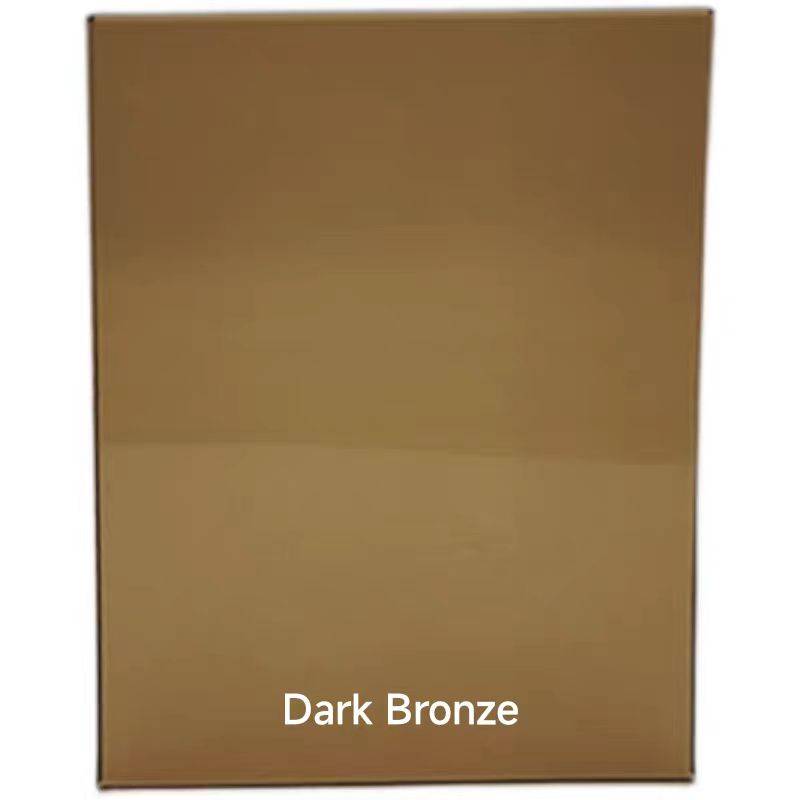

Understanding Low-E Glass and Its Emissivity Values
Low-emissivity (Low-E) glass is a sophisticated building material widely used in modern architecture and construction. Its unique properties contribute significantly to energy efficiency and climate control in residential and commercial buildings. One of the key characteristics that define Low-E glass is its emissivity value, which plays a crucial role in enhancing thermal performance.
Emissivity is a measure of a material's ability to emit infrared energy. It is a dimensionless number that ranges from 0 to 1, where 0 means a perfect reflector (no emissions) and 1 denotes a perfect emitter (all energy emitted). Low-E glass typically has a low emissivity value, often below 0.1, making it highly effective as a thermal barrier. This low emissivity reduces the amount of infrared energy that can pass through the glass, thereby minimizing heat transfer.
Understanding Low-E Glass and Its Emissivity Values
The emissivity value of Low-E glass has important implications for energy savings in buildings. By limiting heat loss in winter and reducing heat gain in summer, Low-E glass can significantly lower heating and cooling costs. In colder climates, it helps keep warm air inside, while in hotter climates, it reflects solar heat away from the building. These properties not only contribute to a more comfortable living environment but also promote sustainability by reducing reliance on artificial heating and cooling systems.

Furthermore, Low-E glass contributes to environmental conservation. By decreasing energy consumption in buildings, it plays a role in reducing greenhouse gas emissions associated with power generation. This aligns with global efforts to combat climate change and supports the transition towards more sustainable building practices. The adoption of Low-E glass is increasingly encouraged by various building codes and standards, as it meets the criteria for high-performance materials.
In addition to thermal performance, Low-E glass also offers other benefits such as UV protection and glare reduction. The coatings used in Low-E glass can block a significant percentage of harmful ultraviolet rays, which helps protect interior furnishings and materials from fading. Moreover, by facilitating a high level of visible light transmission while minimizing glare, Low-E glass enhances the overall aesthetic and usability of interior spaces.
When selecting Low-E glass, it is essential to consider factors such as the climate, orientation of the building, and specific performance needs. Various manufacturers provide Low-E glass with different emissivity values, allowing architects and builders the flexibility to choose the right product for their specific applications.
In conclusion, Low-E glass represents a remarkable advancement in building materials, with its low emissivity values serving as a hallmark of energy efficiency. By minimizing heat transfer, enhancing interior comfort, and contributing to environmental sustainability, Low-E glass continues to be a critical component in the design of modern buildings. As awareness of energy conservation grows, the demand for such innovative materials will undoubtedly increase, shaping the future of architectural design and construction.